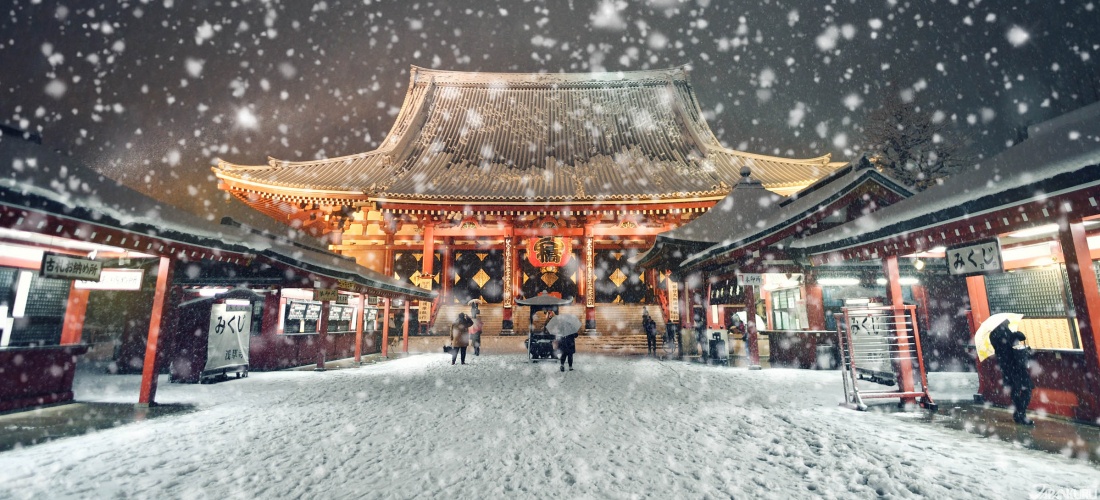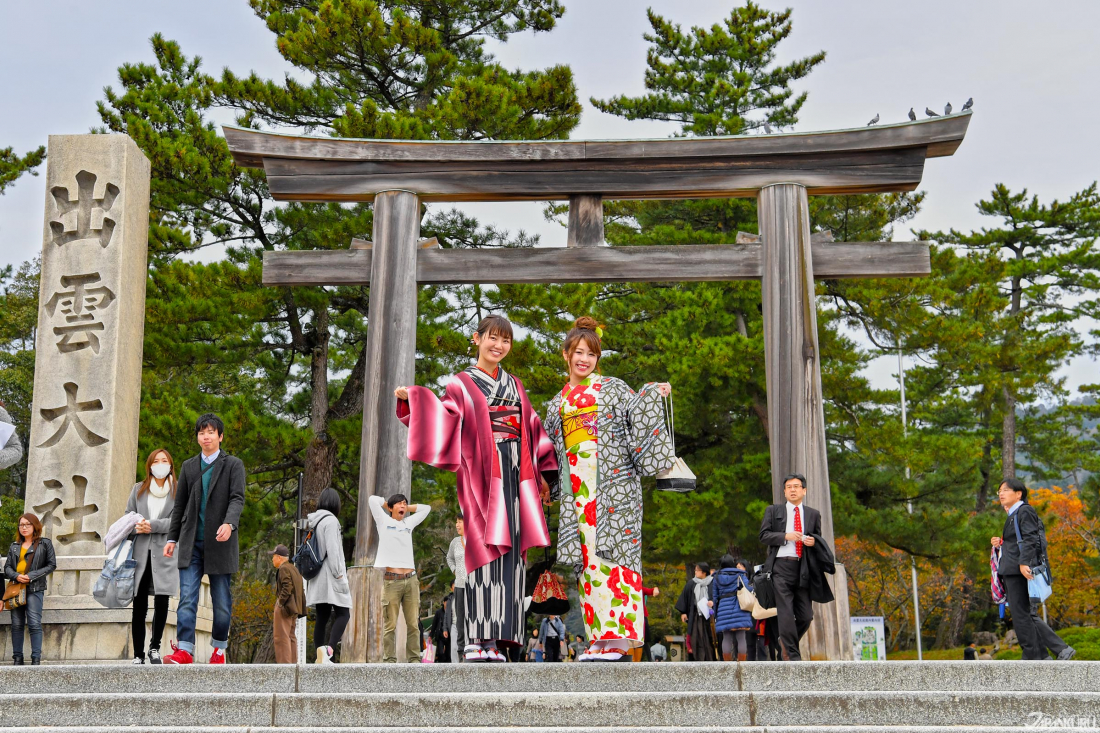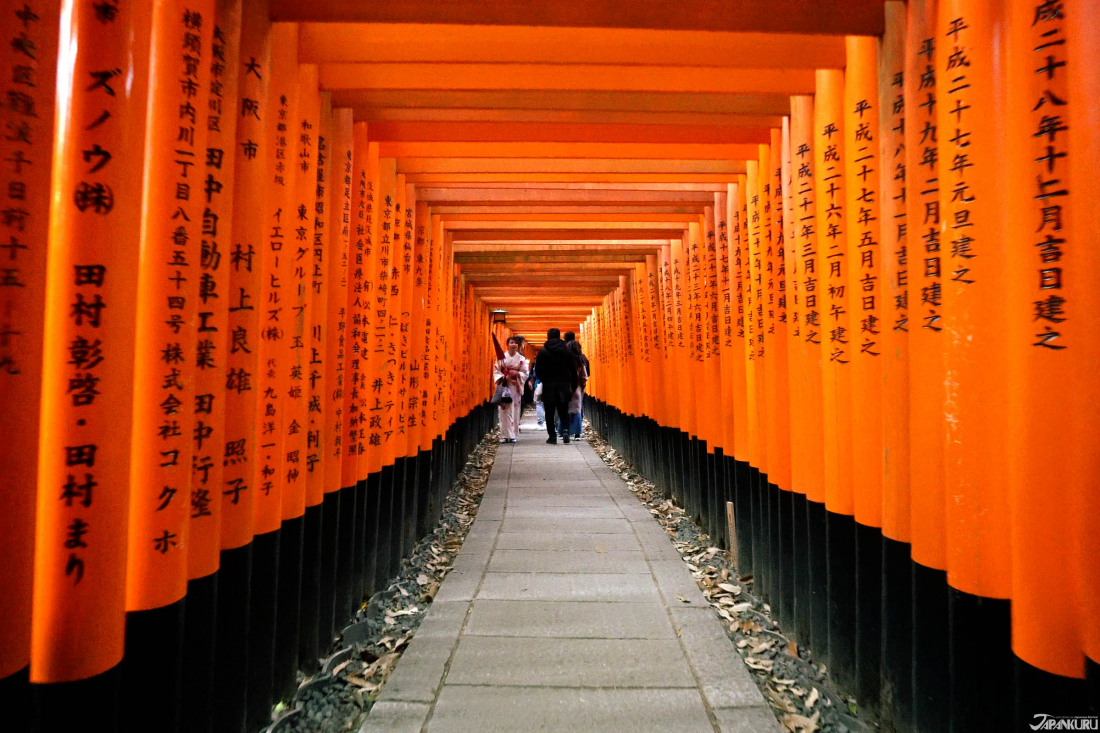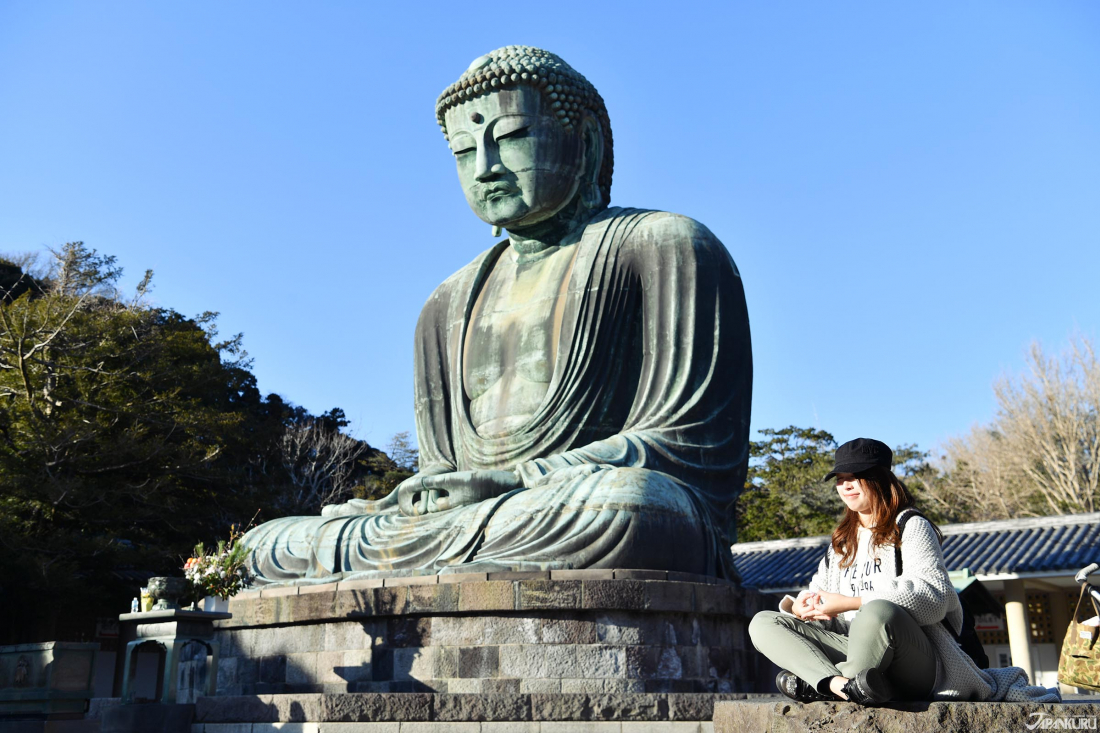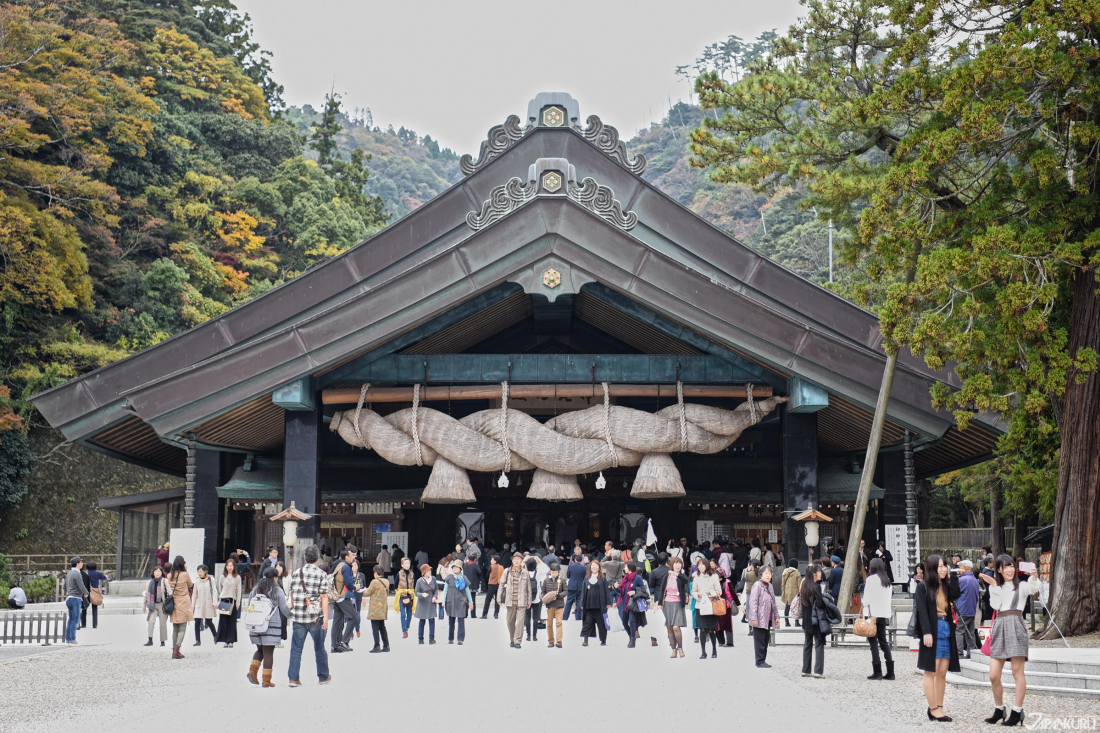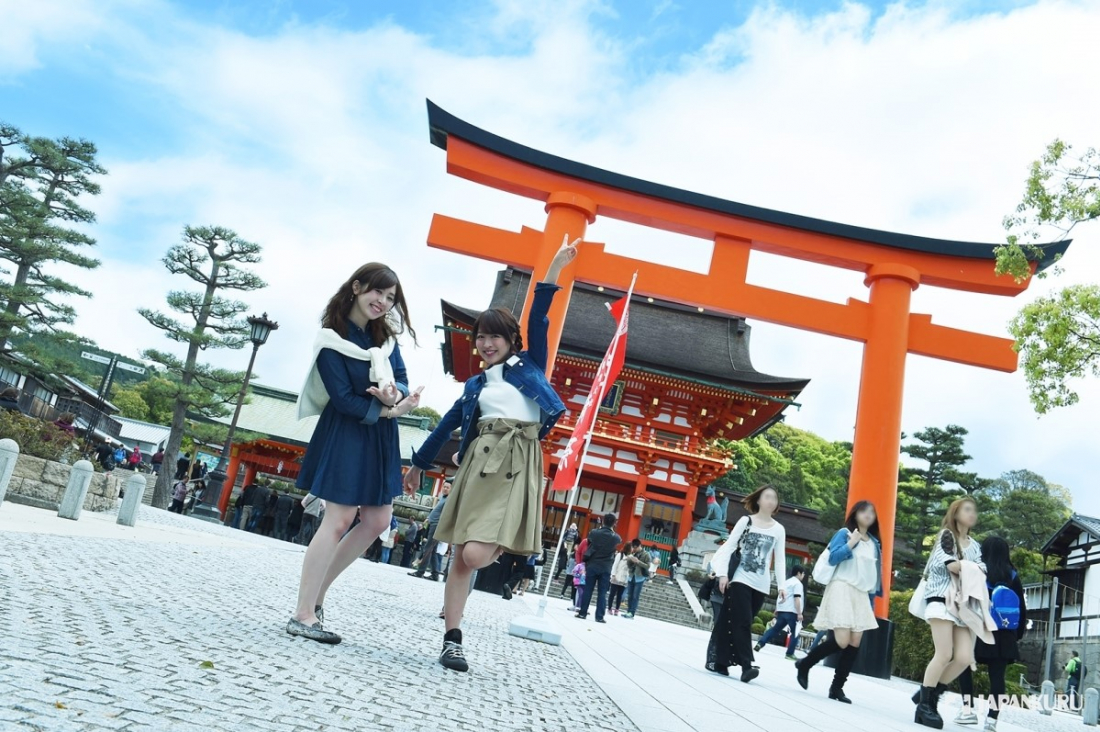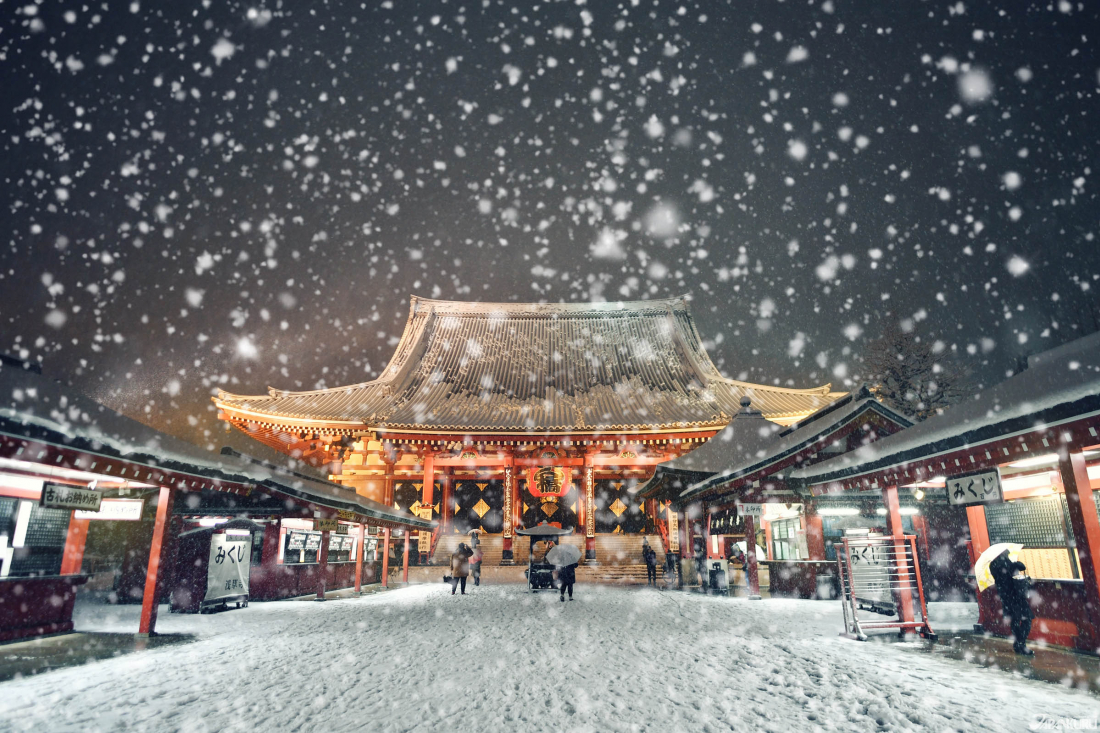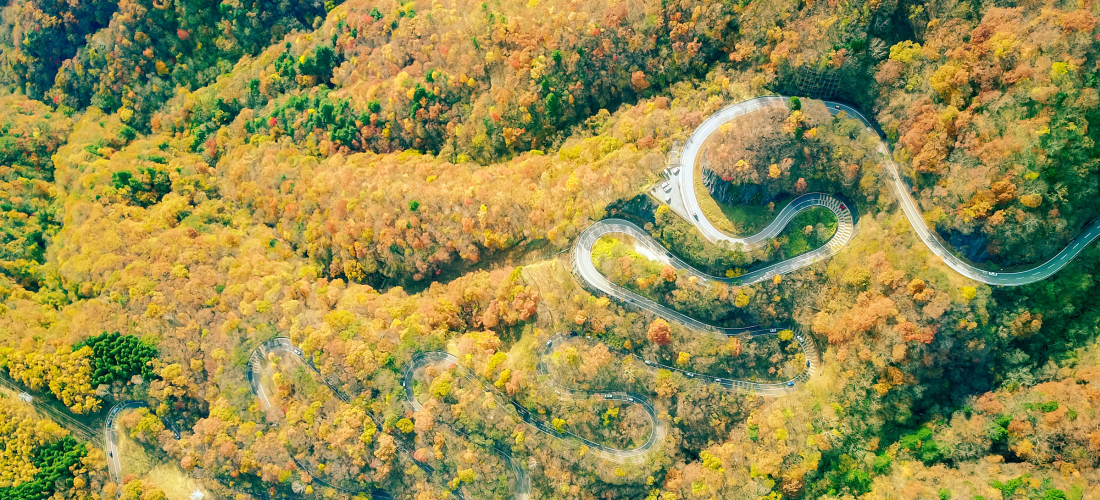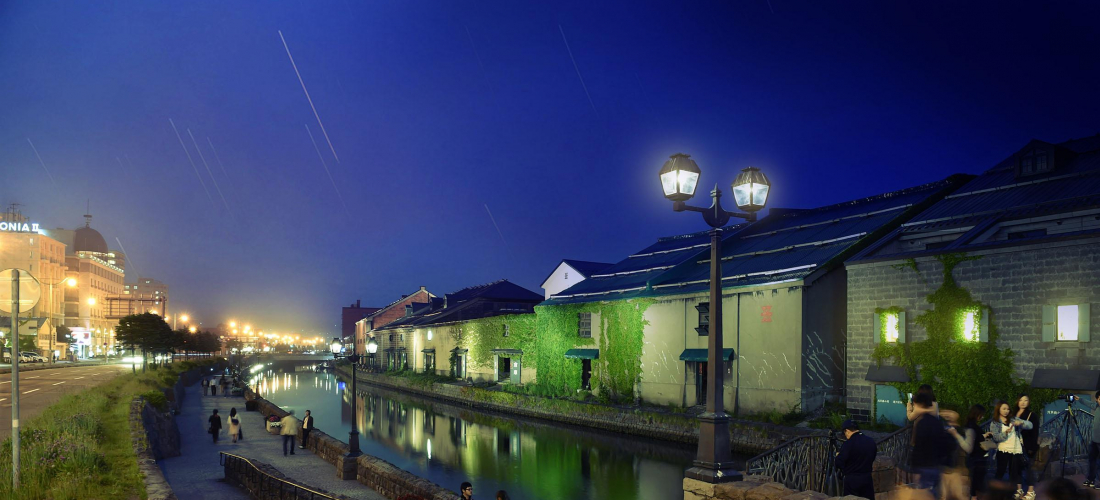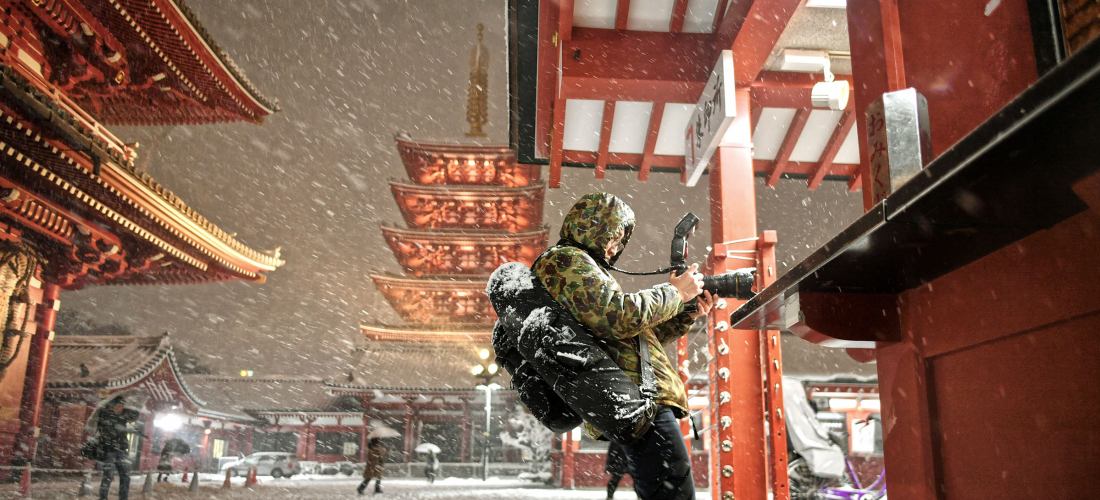CONTENTS
Visiting the Meiji Shrine? How about Sensoji Temple, Fushimi Inari Shrine, or Kiyomizudera Temple? Do you know what makes a Japanese shrine a shrine, and a Japanese temple a temple?
Temples and Shrines – Religion in Japan
No matter how many times you've visited Japan, you're bound to find new shrines and temples all around the country, each one a beautiful structure built for spiritual purposes. Japan has a long history when it comes to spiritual beliefs, from ancient folklore to the more recent introduction of Christian, Muslim, and even Jewish communities. But when it comes to the religions of Japan, the reason these temples and shrines were built, most Japanese people live their lives interspersed with the rituals of two belief systems: Shinto and Buddhism. Shinto has been a part of Japanese culture in some shape or form for close to 2,000 years, while Buddhism was brought over from China a few hundred years later, and the two mixed and mingled throughout Japan's history, until they were once again delineated as totally separate religions by Japanese leadership in the 19th century.
What’s the Difference Between Shrines and Temples in Japan?
So, what does that religious history have to do with shrines and temples in Japan? Well, there are lots of differences and similarities between Japanese shrines and temples, and each individual place of worship is unique, but if you're looking for the simple answer:
Temples = Buddhism
Shrines are built to worship and celebrate the gods of Japan's traditional Shinto religion, and while temples might look similar, they're full of Buddhist shrines and icons.
Shrines and Shinto
Shinto is sometimes called an indigenous religion of Japan, and it's the country's most widespread system of beliefs: a unique polytheistic mix of historical legends, mythology, and animism! Shinto tradition holds that there are eight million gods or spirits, called "kami" (神), which can each be mythological figures, the spirits of natural features (like waterfalls or large rocks and trees), or even the spirits of venerated historical figures. These kami are enshrined and worshipped at about 100,000 different shrines all over Japan.
How to Identify a Shrine:
· Etymology: In Japanese, the word for shrine is "jinja" (神社), but sometimes shrine names use slightly different titles like jingu (神宮) or taisha (大社). If the name uses any of these words, it's a shrine!
· Architecture: Look for the torii (鳥居)! If you see the distinctive shape of a shrine gate (⛩) at the entrance or along the path. They're usually painted a bright red-orange.
Shrine Etiquette:
· Purification: On the way in, look for a hand-washing fountain called a chozuya (手水舎), where you can purify yourself before proceeding. The standard method is to take the water ladle and pour water over your left hand first, then your right, and then to sip a little water (out of your hand!) and rinse your mouth with it.
· Prayers: At shrines, prayers start with a greeting to the gods! The process is codified: first you bow twice, then you clap your hands twice, letting the kami know that you'd like their attention. Make your prayers with your hands still together, and finally to finish your prayer you bow one last time
Temples and Buddhism
Buddhism arrived in Japan from the Silk Road via Chinese and Korean sea travelers and became entrenched during the 6th century, eventually becoming a major religion, to the point that almost 70% of Japan's population adheres to Buddhist beliefs today. Of course, Buddhism follows the teachings of the Buddha, a single figure very different from the many gods of Shinto.
How to Identify a Temple:
· Etymology: The word for temple is "tera" (寺), and so temple names frequently end with this character. The character "寺" can also be read as "ji," however, so many temples use that pronunciation instead! Additionally, some temple names end with "in" (院), as well.
· Architecture: Instead of the sleek torii shrine gates found at Shinto shrines, temples often have gates called "mon" (門). These striking gates are usually like small buildings, forming a roof overhead, and often have statues placed on either side.
Temple Etiquette:
· Purification: In the courtyard of the temple buildings, or even right in front, you'll often find incense smoldering in large sand-filled burners. Waft a little of it your way to purify yourself before proceeding.
· Prayer: Instead of the complicated routine of Shinto, for Buddhist prayers, you simply bring your hands together in a prayer position. Some temples also offer Buddhist scriptures that you can try to copy over as a form of prayer.
Bonus: If you're looking for giant statues of Buddha, there are a dozen or so around Japan, but the three most famous giant Buddhas are at Todai-ji Temple (東大寺) in Nara, Kotoku-in Temple (高徳院) in Kamakura, and Hoko-ji Temple (方広寺) in Kyoto.
Famous Shrines and Temples
3 Must-See Shrines
Izumo Taisha (出雲大社) is found in Shimane Prefecture, and it's one of the most famous shrines in Japan thanks to its status as one of the oldest―said to have been established even earlier than the 2,000-year-old Ise Jingu (伊勢神宮). Legend has it that all of the eight million gods of Japan gather together in Izumo every fall, making it an especially spiritually auspicious location.
The Izumo Shrine is also home to a god of matchmaking, so people looking for love often drop in to pray for a little extra luck in the romance department, and it's a popular date spot for couples!
Izumo Taisha (出 雲 大 社)
195 Taishacho Kizukihigashi, Izumo, Shimane
💴: Open Access
The Nikko Tosho-gu Shrine (日光東照宮), is located in Tochigi Prefecture, not far from the big city of Tokyo. While shrines tend to be fairly simply decorated wooden buildings, perhaps colored with a coat of bright vermillion paint, Nikko Toshogu is famous for its lavish decorations. The structures on the shrine grounds are covered in gold leaf and carved in great detail―some of it more abstract, and some of it distinctly cut and painted into the shapes of animals and mythical creatures.
Aside from the impressive decorations, though, Nikko Tosho-gu Shrine is also known as the resting place of Tokugawa Ieyasu, one of Japan's main unifiers and one of the most important figures in Japanese history!
Nikko Tosho-gu (日光東照宮)
2301 Sannai, Nikko, Tochigi
💴: Adults (high school and up) 1300 yen · Children 450 yen
The Fushimi Inari Taisha (伏見稲荷大社) is a complex of sanctuaries located in the southern suburbs of Kyoto, and the main shrine for the god Inari. One hallmark of an Inari shrine is the huge number of orange shrine gates lining the paths, an image you might have seen online, or even in a scene from the movie Memoirs of a Geisha. At Kyoto's Fushimi Inari Shrine, the many torii gates dot the paths all the way up to the top of a small mountain, and a hike to the summit involves at least an hour, and many hundreds of stairs!
The views at Fushimi Inari are not to be missed, but if you want to see it without the crowds, we recommend you come early in the morning, or a little after sunset!
Fushimi Inari Taisha (伏見稲荷大社)
68 Fukakusa Yabunouchicho, Fushimi, Kyoto
💴: Open Access
3 Popular Temples
Kiyomizudera Temple (清水寺) is an iconic part of the city of Kyoto, built in 780, and it has long been home to one of the oldest forms of Buddhism in Japan. Today it is especially a popular place during cherry blossom season in spring, and when the leaves change color in fall, since its hilltop positioning gives visitors an amazing view of the trees and the city beyond.
Kiyomizudera (清水寺)
294 Kiyomizu 1-chome, Higashiyama, Kyoto, Kyoto
💴: 400 yen
Looking to visit a temple in Tokyo? The first answer out of most people's mouths will be Sensoji Temple (浅草寺), at the heart of Tokyo's neighborhood of Asakusa. It's one of the most important temples in the capital city, and sees more than 14 million visitors in an average year. While the temple itself is majestic and the surrounding gardens are green and peaceful, many visitors flock to the fun strip of shops and stalls lined up in front of the temple entrance, called Nakamise street (仲見世通り).
Sensoji (浅草寺)
2 Chome-3-1 Asakusa, Taito, Tokyo
💴: Open Access
Often called Yamadera (山寺), this temple located in Yamagata Prefecture is more properly known as Risshaku-ji (立石寺), but earned the nickname of Yamadera (literally mountain temple) thanks to its precipitously high mountainside placement. Yamadera was founded during the Heian period (794-1185) by one of the most famous monks of the time, Jikaku Daishi, and in the 17th century the temple was known to be the place where haiku poet Matsuo Basho wrote some of his most famous work.
To reach the temple you'll be climbing for about an hour, but the scenery might just make the hike worth it!
Yamadera (山寺)
4456-1 Yamadera, Yamagata
💴: 300 yen
Congratulations, You’re Now a Shrine and Temple Expert!
Travel can be fun, invigorating, and a little confusing, so hopefully this bit of information on shrines and temples will come in handy on your next trip to Japan! Now the most important question is, which will you visit first?
For more info and updates from Japan, check Japankuru for new articles, and don't forget to follow us on twitter, instagram, and facebook!
Details
NAME:Temples/Shrines in Japan
PROFILE
Follow us @Japankuru on Facebook, Instagram, and Twitter!
COMMENT
FEATURED MEDIA
VIEW MORE
Narita Airport Tax-Free Shopping List 나리타공항 면세점 쇼핑 리스트 #pr #calbee #jagapokkuru #japanesesnacks #japanesefood #japanesesouvenir #japantravel #japantrip #naritaairport #hokkaido #나리타국제공항 #나리타공항면세점 #나리타공항면세점과자 #일본공항면세점 #일본기념품쇼핑리스트추천 #공항면세점쇼핑리스트 #일본과자추천 #면세점일본과자 #일본기념품추천 #일본과자 #자가폿쿠루 #일본간식 #일본과자쇼핑 #일본면세점필수템 #일본기념품쇼핑

Asakusa's Sanja Matsuri, one of the biggest festivals in all of Tokyo, is almost here! Make sure you check out the festival route so you don't miss all the festivities this May. #asakusa #sanjafestival #sanjamatsuri #asakusashrine #sensoji #sensojitemple #japanesefestival #shintoshrine #japaneseculture #tokyo #tokyotrip #tokyotravel #asakusasightseeing #matsuri #japantrip #japantravel #springinjapan #tokyotravel #japankuru #산자마츠리 #아사쿠사 #일본마츠리 #일본여행 #일본5월

Odaiba's DiverCity Tokyo Plaza is home to the famous real-size 20m-tall Unicorn Gundam, and the popular shopping center has even more Gundam on the inside! Check out the Gundam Base Tokyo on the 7th floor for shelves upon shelves of Gunpla, and the Gundam Base Tokyo Annex on the 2nd floor for cool anime merchandise. Both shops have tons of limited-edition items! #pr #odaiba #tokyo #tokyotrip #japantrip #japantravel #PR #divercity #divercitytokyoplaza #tokyoshopping #gundam #unicorngundam #gundambasetokyo #anime #otaku #gunpla #japankuru #오다이바 #다이바시티도쿄 #오다이바건담 #건담 #일본건담 #건프라 #건담베이스도쿄

Evangelion, in miniature!? Tokyo's SMALL WORLDS Miniature Museum is actually a must-see for anime lovers, thanks to the tiny Evangelion Hangar and Tokyo-III... plus a whole universe of other scenes both real and fictional. #smallworlds #smallworldstokyo #tokyotrip #tokyotravel #evangelion #eva #anime #miniature #miniatures #animefigure #japantrip #japantravel #에반게리온 #스몰월드 #에반겔리온 #スモールワールズ #오다이바 #아리아케

Have you sat down for a snack at Sumida Aquarium yet? This aquarium next to Tokyo Skytree is known for its penguins and garden eels, but we can't get enough of their cute snacks! There are lots of good seats around the aquarium, too, so it almost feels like one big cafe. 🐧 • Find out more at Japankuru.com! (Link in bio.) • #japankuru #sumidaaquarium #skytree #tokyoskytree #solamachi #sumida #tokyo #tokyotrip #tokyotravel #aquarium #japanesesweets #themecafe #すみだ水族館 #Japan #日本 #일본 #Japon #ญี่ปุ่น #Japão #япония #japantravel #日本旅行 #日本旅遊 #japan_of_insta #japantrip #traveljapan #japan🇯🇵 #igerstokyo #explorejapan

For anime fans, the Evangelion areas at Small Worlds Miniature Museum are a must see! The tiny miniature people in the Evangelion Hangar look like ants beneath the moving Unit-01, Unit-00, and Unit-02! And over in Tokyo-III, characters like Shinji, Rei, and Katsuragi live life on a miniature scale. #odaiba #tokyo #tokyotrip #japantrip #japantravel #ariake #smallworlds #miniaturemuseum #smallworldstokyo #tokyotravel #evangelion #eva #anime #miniature #miniatures #animefigure #japankuru #스몰월드 #에반게리온 #오다이바 #오다이바관광 #오다이바스몰월드 #미니어쳐

